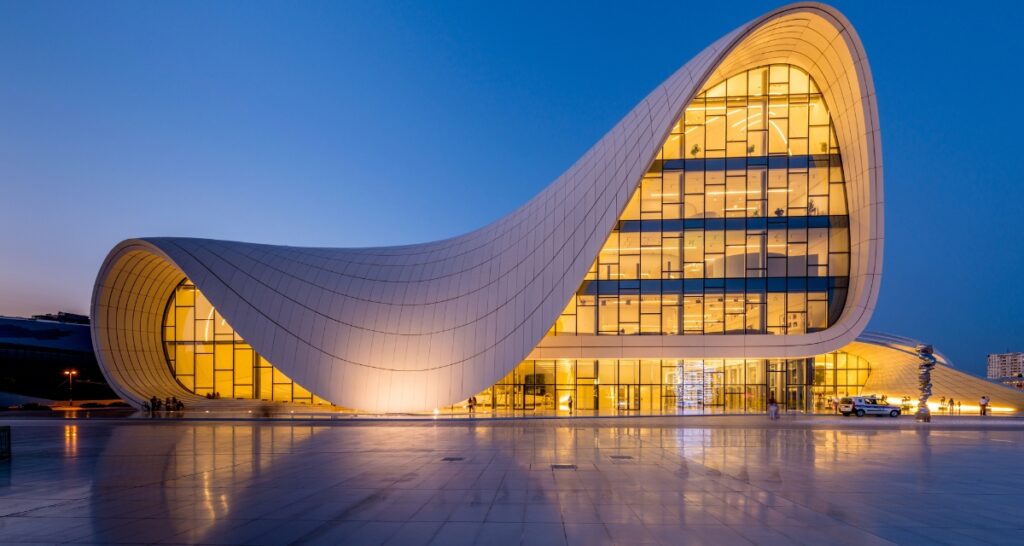Nigeria’s cities are alive with energy—but they’re also straining under the weight of rapid growth, power shortages, and environmental challenges. The solution? Sustainable architecture. Across Nigeria, from Lagos to Abuja, architects are swapping concrete jungles for designs that breathe, conserve resources, and reconnect with the land. This green wave isn’t just reshaping skylines—it’s reimagining the future. Let’s dive into how this movement is changing lives, one building at a time.
1. Green Building Practices
For years, Nigerian architecture chased beauty over balance. But now, a new generation of builders is flipping the script. In Enugu, studies show that over 32% of firms are weaving renewable energy and passive design into their projects. Why? Because it saves money and the planet.
Take Eko Atlantic City in Lagos—a smart city built to withstand floods while running on clean energy. Or the revamped National Theatre in Lagos, where solar panels and rainwater systems cut its carbon footprint. These aren’t just eco-friendly spaces—they’re proof that luxury and sustainability can go hand in hand.
“Sustainability doesn’t mean sacrificing style,” says Tunde, an architect behind some of these projects. “It means creating spaces that work with nature, not against it.”
2. Solar Power
Nigeria’s power struggles are no secret. But solar energy is stepping up as a game-changer. In Abuja’s Green Village Estate, rooftop panels have slashed homeowners’ energy bills by up to 70%. And in Kano, wind turbines are being integrated into building designs, blending innovation with aesthetics.
“Forget trends—solar is survival,” says Adeola, a developer in Lagos. “When the grid fails, these systems keep businesses running and families comfortable.” It’s not just about tech—it’s about resilience.
3. Water Wisdom
Water scarcity is a harsh reality for many Nigerians. But sustainable architects are finding clever ways to stretch every drop. At Earthship Lagos, rainwater collected from rooftops waters gardens and flushes toilets. Hotels in Port Harcourt have cut water use by 40% using low-flow fixtures and greywater recycling.
“Every drop saved is a step forward,” says Chidi, a sustainability expert. “We’re learning to value what we have—and use it wisely.”
4. Local Materials
Why import marble when Nigeria’s own resources shine brighter? Bamboo from the Niger Delta, clay from the savannah, and recycled wood are becoming stars of modern design.
The African Institute for Mathematical Sciences (AIMS) campus in Abuja uses rammed-earth walls and clay tiles—keeping buildings cool and honoring tradition. “These materials tell our story,” says Bola, an architect passionate about heritage. “They’re not just sustainable; they’re us .”
5. Challenges and Opportunities
Of course, there are hurdles. Green tech often costs more upfront, awareness is still growing, and regulations lag behind. But there’s hope. Certifications like LEED and EDGE are gaining traction, thanks to groups like the Nigerian Green Building Council (NGBC).
“Sustainability isn’t optional—it’s essential,” says the NGBC’s director. “Green buildings can create jobs, improve health, and put Nigeria on the map as a leader in Africa.”
Your Role in the Green Revolution
This isn’t just about buildings—it’s about reimagining Nigeria. Picture Lagos apartments cooled by natural airflow, Abuja streets lit by solar power, and homes built with local pride.
So, what’s your part in this green wave? Will you push for solar panels in your community? Advocate for water-saving tech? Or dream up the next big idea? The blueprint is waiting—you just need to pick up the pen.



